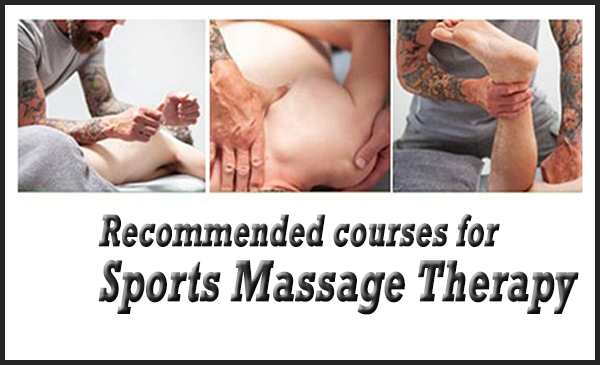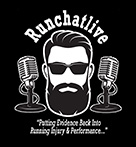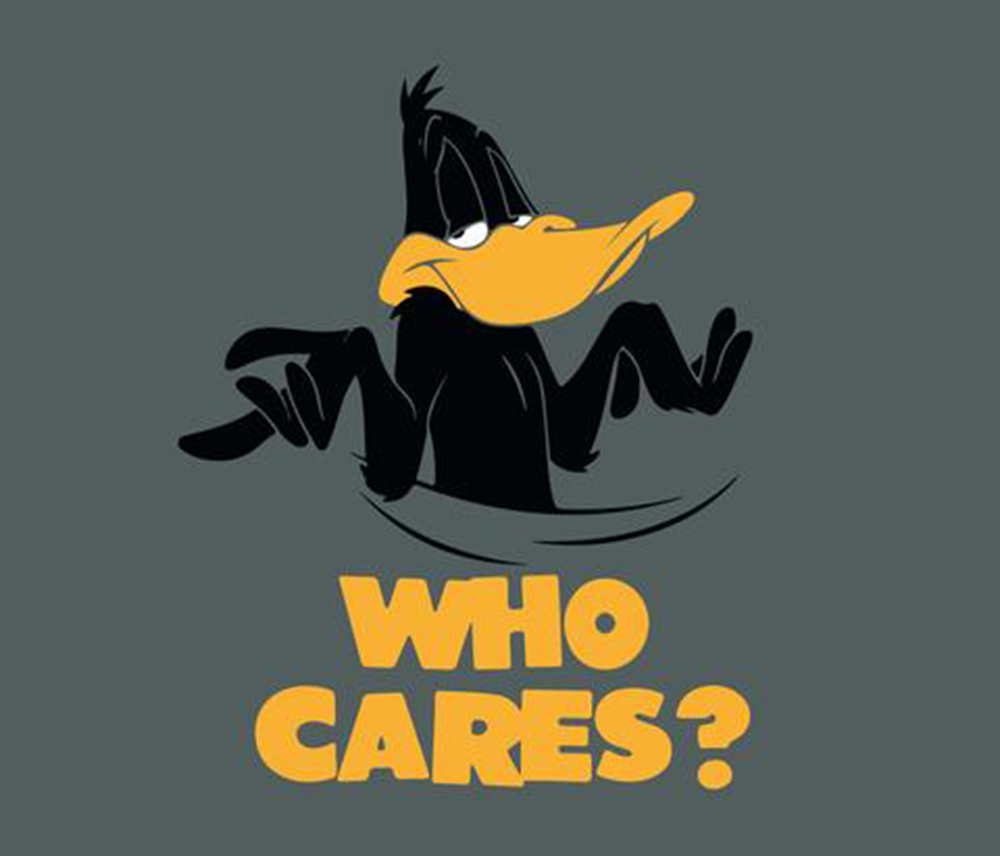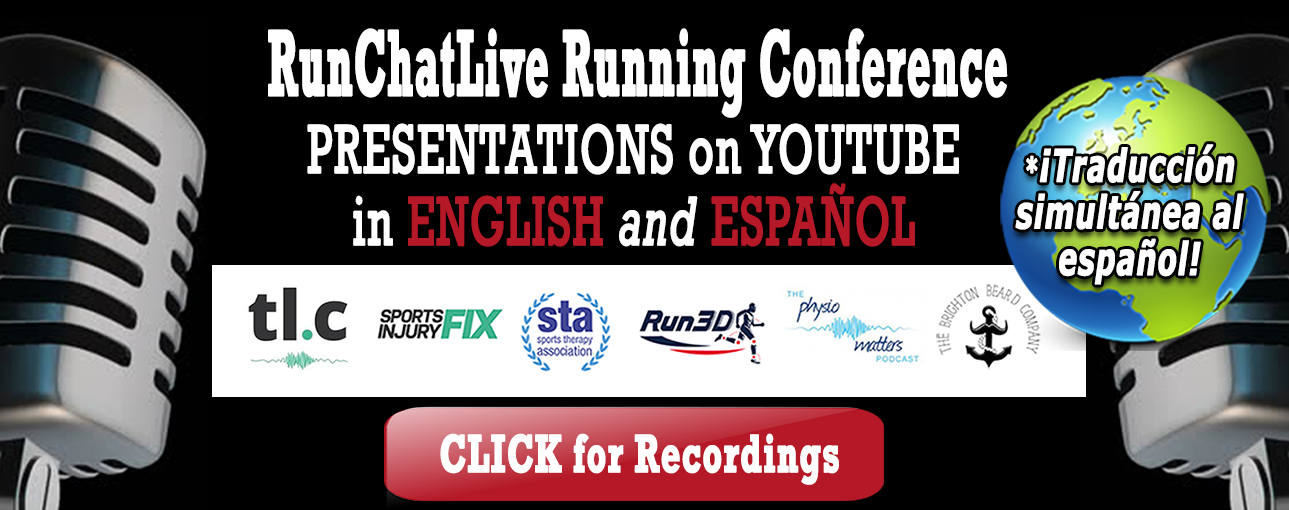www.runchatlive.com
“Putting Evidence Back Into
Running Injury and Performance”
Recommended Courses For Sports Massage Therapy

Sports Massage Therapy can be an extremely rewarding career – the desire to help people in pain is a hugely admirable trait & can bring a personal satisfaction that for many is far greater than financial targets on a spreadsheet. However, with any type of healthcare comes a responsibility to ensure that your patients are in good hands, which means ensuring that the service you deliver is up to date with modern evidence. Sadly, not all training courses you find take this responsibility on board.
Matt Phillips
Creator of Runchatlive
I qualified as a Massage Therapist in 2004 – this doesn’t automatically mean I’m super good at my job, it just means I’m old. Making the assumption that something /someone must be good because it/they have been around for many years is called an ‘appeal to antiquity‘ – it’s an example of a ‘logical fallacy‘ – a way of reasoning that sounds really supportive to an argument/discussion but is actually not. You can read about the common use of logical fallacies here.
The use of massage therapy certainly has deep roots in history, with references appearing in Chinese Texts as early as 2700 BCE. Hippocrates referred to it as ‘rubbing’ which loosened and softened muscles. Claudius Galen, the most famous physician in the Roman Empire whose theories dominated European medicine for 1,500 years used massage therapy to treat diseases and physical injuries.
In other words, there is no doubt that massage has been used for thousands of years as a form of therapy to help people in pain. However, that does not mean that everything traditionally taught as happening during massage is 100% true. That would be an appeal to antiquity. In fact, many of the proposed ‘mechanisms of action’ used to support the teaching & use of ‘advanced’ forms of soft tissue therapy are weak in terms of evidence and sometimes physiological plausibility.
Before we continue, it is important to state that I am not ‘bashing’ massage therapy or saying that it’s ‘ineffective’ or a ‘waste of time’. I teach Level 3 and Level 4 Sports Massage Therapy, and passed Level 5 many moons ago. What I am saying is that in many cases what we are taught is happening underneath our hands is highly unlikely to be happening, so the benefits we see in our clients/patients are more than likely not for the reasons we think.
“But… if the patient feels better, who CARES what’s happening under our hands?”
This is a question we often hear from therapists when the traditional benefits or proposed mechanisms of action behind massage/manual therapy are scrutinised. As is often the case, I can’t find a better answer to this question to that which Paul Ingraham of pain science.ca once wrote:
“Well, if we know HOW something works, we can make it work BETTER.”
And that’s basically why this post exists, and why you may see an increasing amount of debate on social media regarding the updating and improving of information within the syllabus of Level 3 and Level 4 Sports Massage Therapy. No one is saying your current career choice is a waste of time (well they shouldn’t be anyway!) and in fact no one is saying you have to really change that much what you are currently doing with your clients. And that’s the beauty of it – by making a few small tweaks to your practice, you could see some major increases in your ability to help clients/patients.
Why Is Level 3 Getting Picked On?
The SMA (Sports Massage Association – one of the several professional associations that soft tissue therapists can become a member of – not to be confused with the STA Sports Therapist Association) made this announcement at the beginning of this May:
“…we will no longer accept Level 3 qualifications for full memberships effective from 5th May 2021. Our hope in doing this is not to devalue Level 3 qualifications but to recognise that they are the entry point into the industry and further education needs to take place in order to meet the National Occupational Standards for Sports Massage Therapy.”
Personally, I would suggest that focussing on the shortcomings of the current Level 3 qualification is missing the point somewhat. The current Level 3 Sports Massage qualification does what it says on the tin – it produces massage therapists who can provide pre-event and post-event massage, can identify suspected ‘injured tissue’ but are not allowed to work on it.
For someone who is new to Sports Massage it can provide a useful 6 months or so to get used to subjective & objective assessment, practice communication, see a good selection of different types of people, and learn when they need to refer out to more experienced therapists.
Level 4, in contrast, gives therapists permission to work with ‘injured tissue’ and that that brings with it much more responsibility as you are now receiving money for people looking for solutions to pain & injury. It is the syllabus of most Level 4 courses that therefore needs addressing, as the five types of soft tissue (cross friction, myofascial release, trigger points, METs, soft tissue release) and the large selection of ‘special tests’ now play a far smaller role in helping people in pain than we once believed.
It is extremely concerning that there is frequently no focus on paid education or the Biopsychosocial Model, and instead reinforcement of the idea that the human body is like a puppet that we can stretch here, strengthen there, line everything up and as a result get rid of pain. The implications of a weak outdated Level 4 syllabus are in my opinion far more detrimental to our industry than Level 3.
What Needs Changing in Traditional Courses?
The following areas taught on Level 3 and Level 4 Sports Massage need seriously addressing & updating in order to help our industry evolve. Modern research and basic science shows that many of the claims/strategies below are either unlikely or simply not true. I talk about this more in the article ‘How Can Massage Help Runners‘.
- Massage helps flush away lactic acid
- Massage helps improve circulation
- Massage & other forms of manual therapy help break down muscle/fascia adhesions
- Asymmetry is a common cause of pain
- Palpation Tests provide an accurate way of diagnosing dysfunction
Please remember: I’m a huge fan of massage, I wouldn’t teach it if I wasn’t. The problem is, whilst new therapists are still being taught these antiquated ‘benefits’, we are limiting the true potential of massage, reducing the chances of it being taken seriously by other health professions, and most importantly ignoring the utilisation of other ways to help clients/patients in pain, which be could be recommending alongside the massage, not instead of.
What Should Modern Courses Be Including?
The anatomy & physiology content on most Level 3 and Level 4 Sports Massage Courses is sound. The problem lies with the presentation of the human body as if it were like a car. The message tends to be if you know your anatomy well enough, you will be able to fix the body.
However, humans are not like cars – we have a brain and nervous system. Cars are complicated, but with the right manual you can generally fix them. Humans do not come with manuals. The interaction of our brain and nervous system means we are complex, in other words there are multiple dynamic systems at play, certainly nothing one single manual will ever be able to cover. Todd Hargrove, author of Playing with Movement & guest on Ep.42 of Runchatlive Podcast sums it up nicely:
“A car missing one tyre can’t move at all, but a dog with 3 legs gets along pretty well.”
The supposition during a traditional Level 3 and Level 4 postural analysis that pain is being caused by ‘asymmetries’ and ‘imbalances’ raises some serious issues, as modern studies show that asymmetry is more common than symmetry in most humans, and indeed across nature. How do we explain people with shoulder pain who have show symmetry, or people who show asymmetry but have no pain? Then there is the question of whether manual therapy can even modify or ‘restore’ symmetry. It’s a minefield of old assumptions that really need updating.
With this in mind, modern Level 3 and Level 4 Sports Massage courses need to include the following, to a depth that obviously reflects the level being taught:
- The Biopsychosocial Model of Pain
- Therapeutic Alliance
- Person Centred Care
- Principles of Rehabilitation
- Exercise Physiology
The manual therapy techniques traditionally taught can still be present, but their use needs to fit into the foundation created by the areas above, as should their implementation into real life clinical practice.
As the Walt Fritz says in his guest blog ‘Modernizing Views of Manual Therapy‘:
“No matter which road you choose to update your model, I encourage you to pursue excellence. Like me, you can continue to use what has worked for you, sterilizing older views to align better with current understandings. But always strive to update. We all have excellent skills, and often, all it takes is a new perspective to take off and fly.“
If you are interested in pursuing a career in Sports Massage Therapy and looking for a recommended Level 3 or Level 4 course in your area (UK only), feel free to ask us for advice via our contact form.
And, if you are a Sports Massage Therapy Tutor who is proud of the way you update the syllabus on the course you teach to provide learners with a modern qualification, contact us and we will happily add you to our list of recommended tutors.




0 Comments